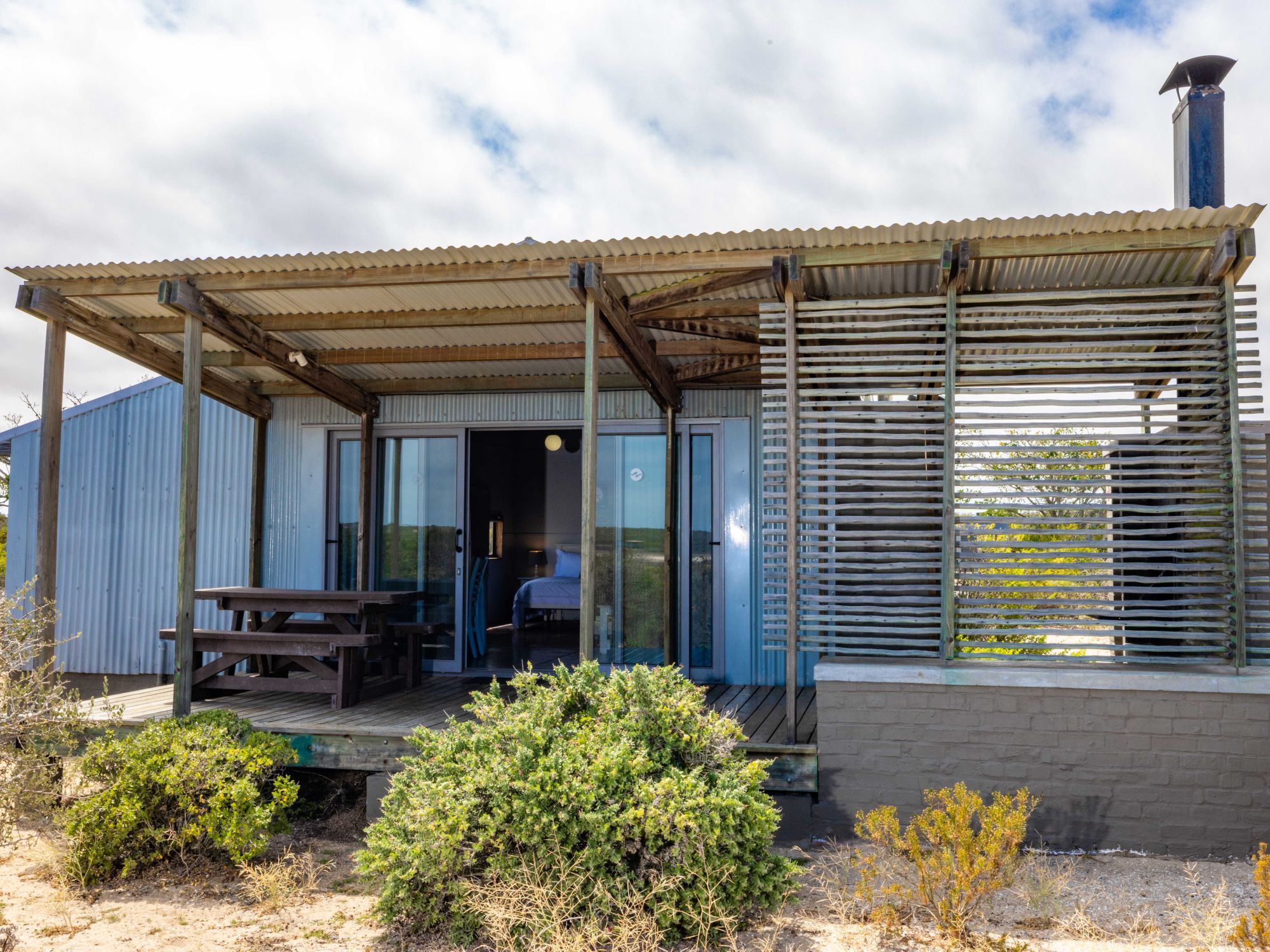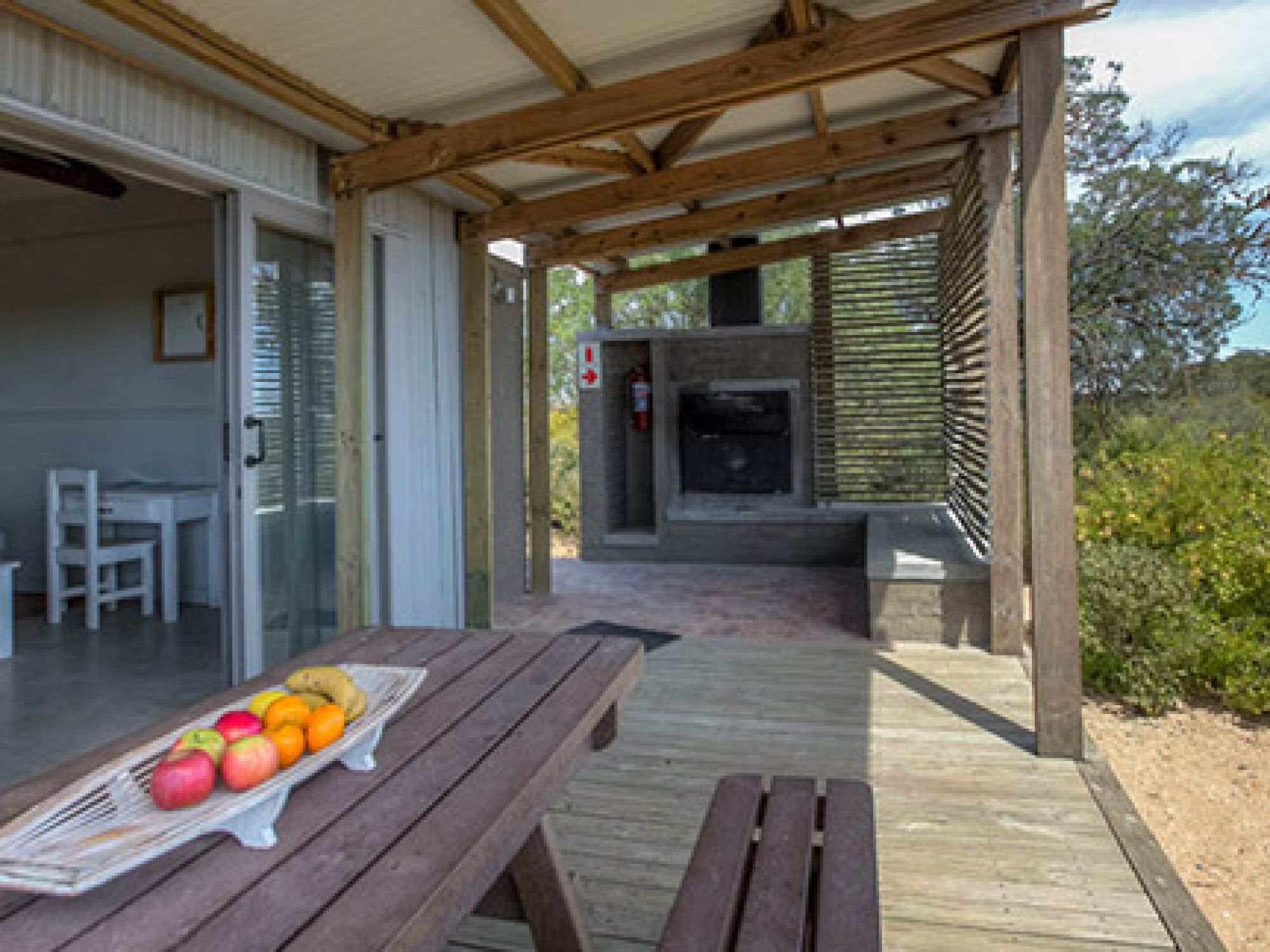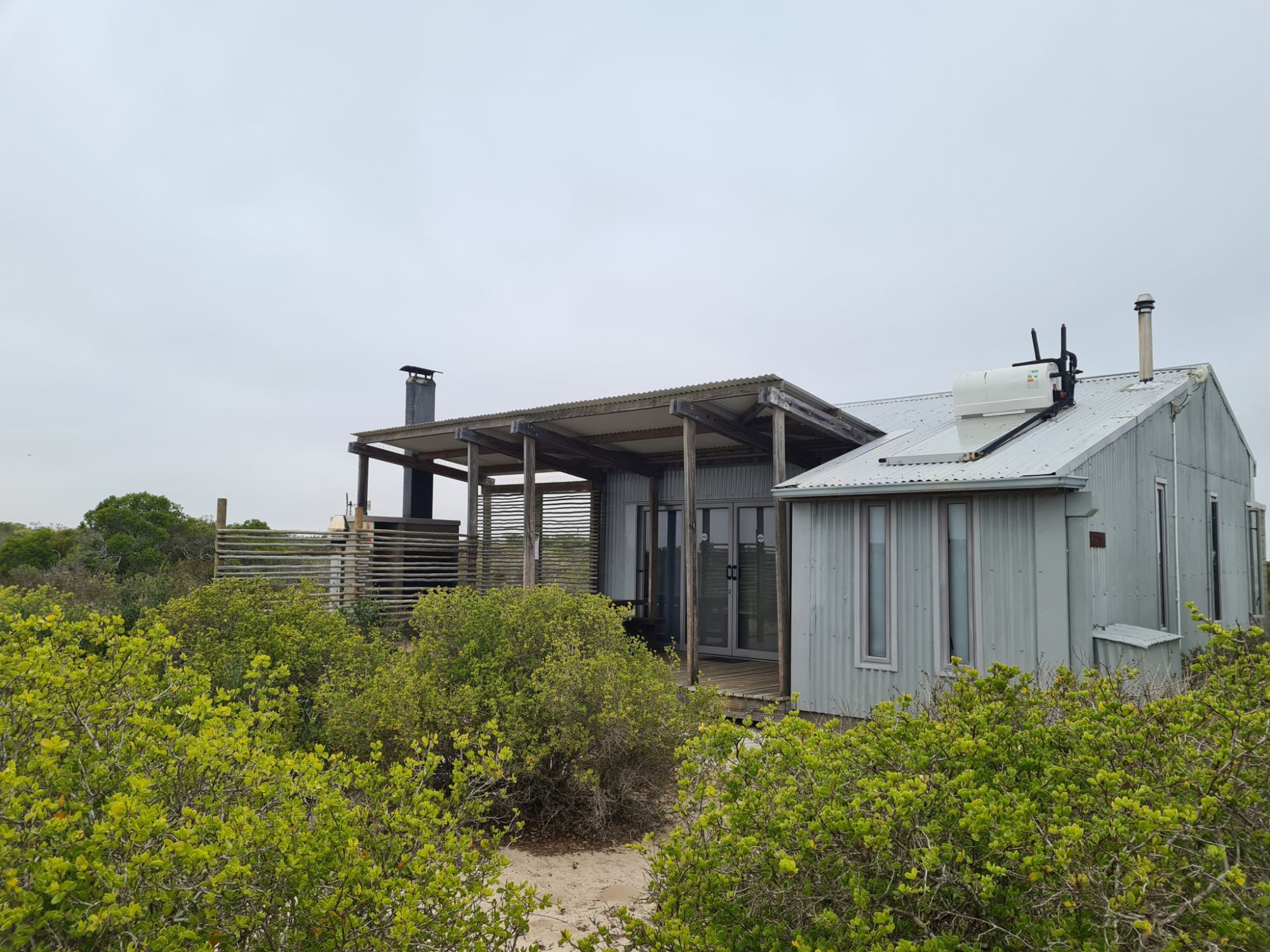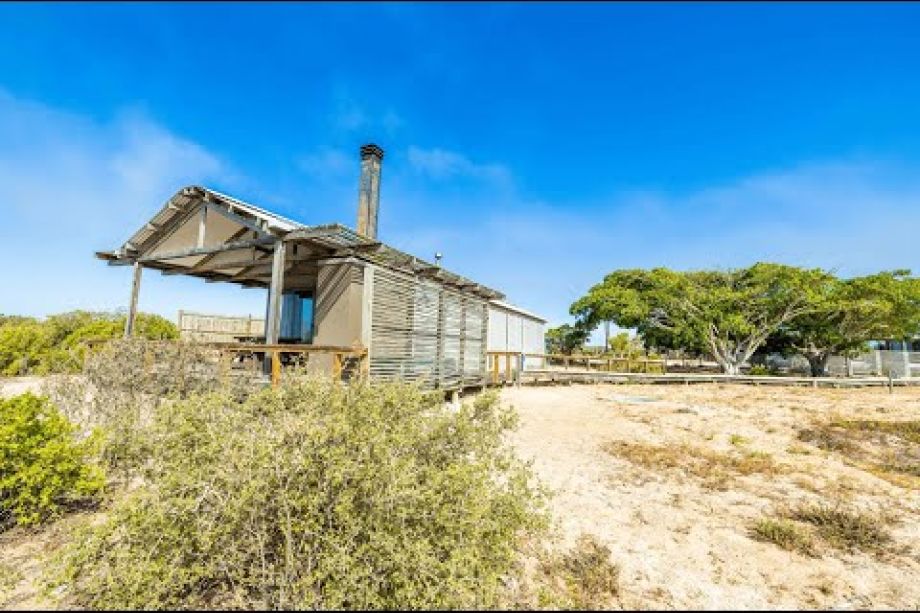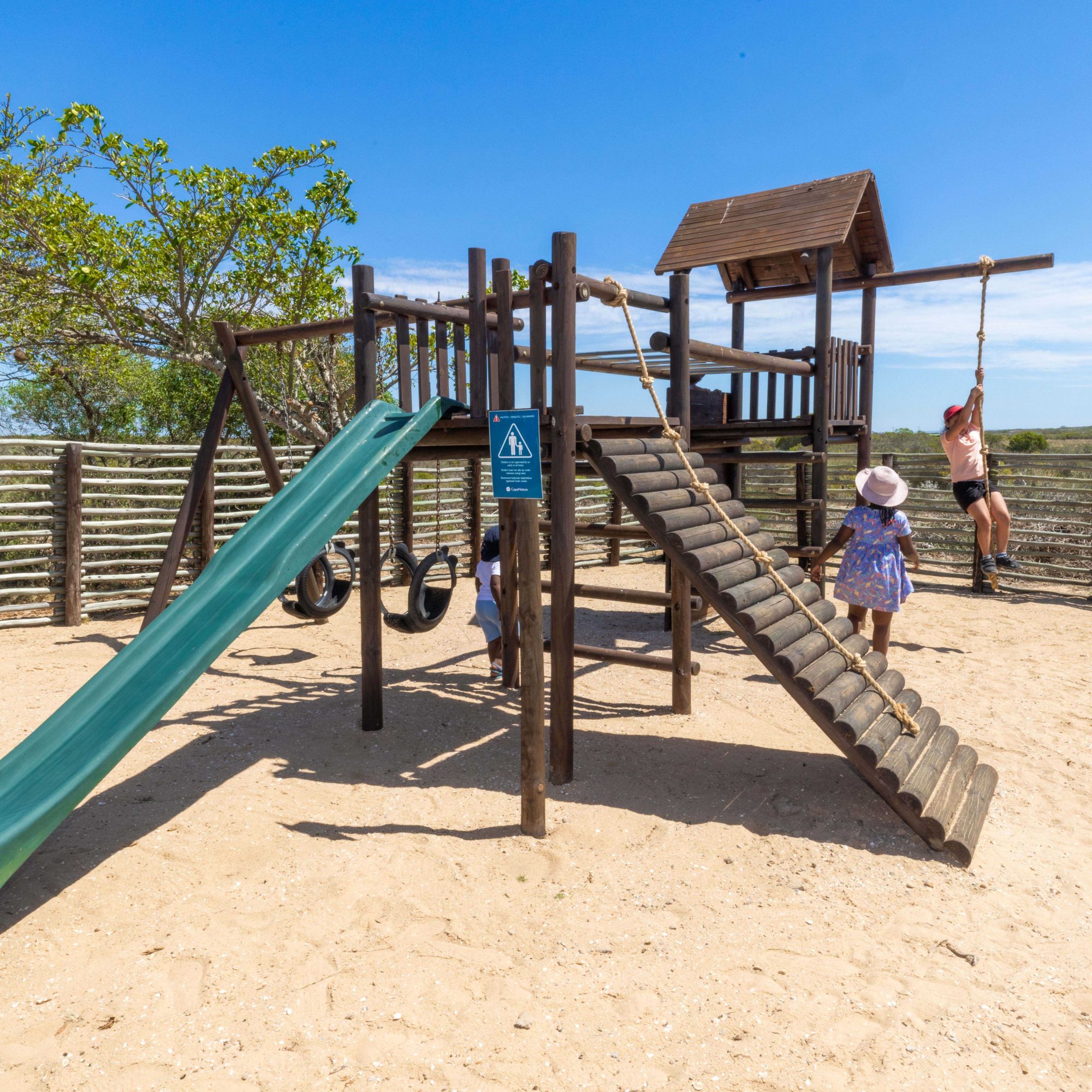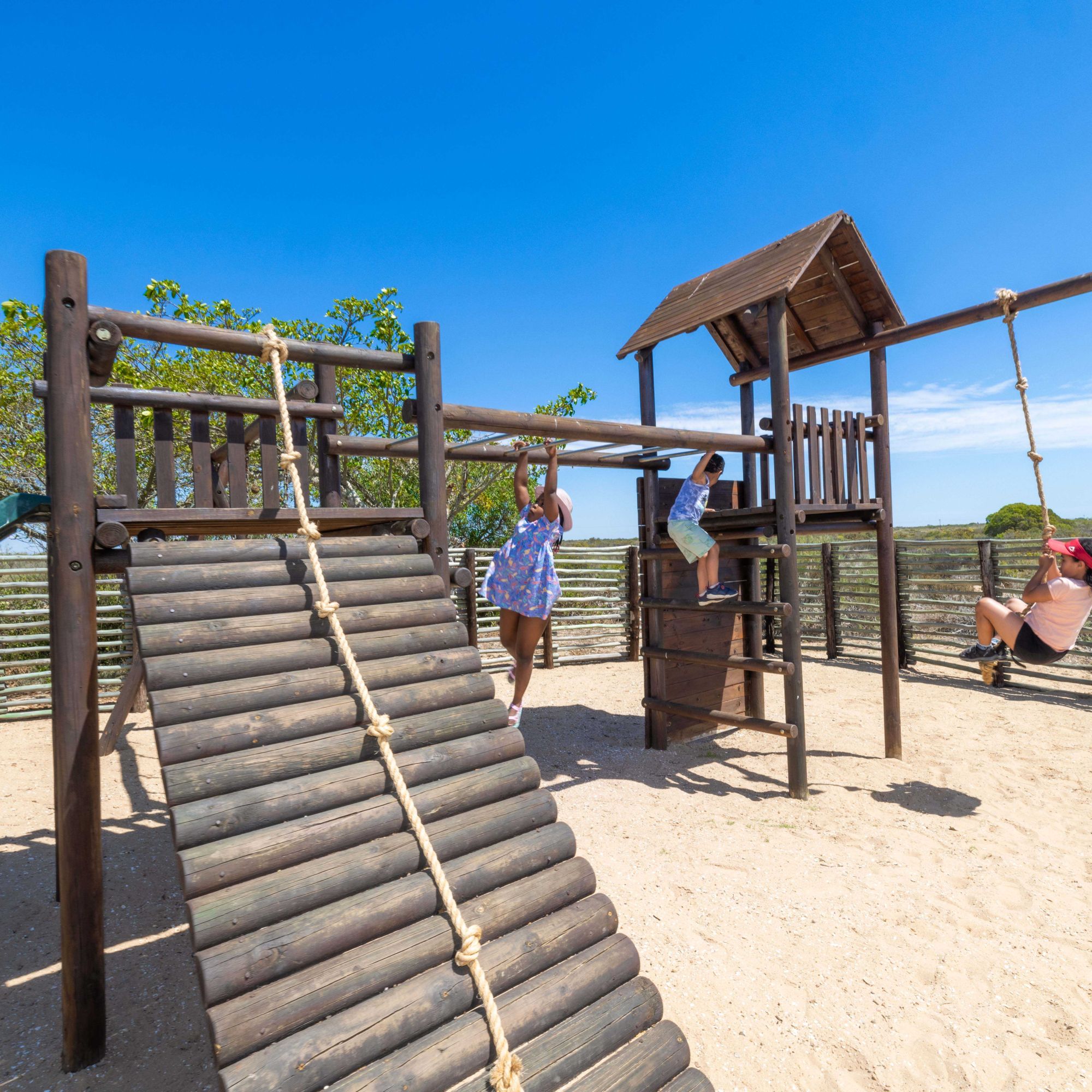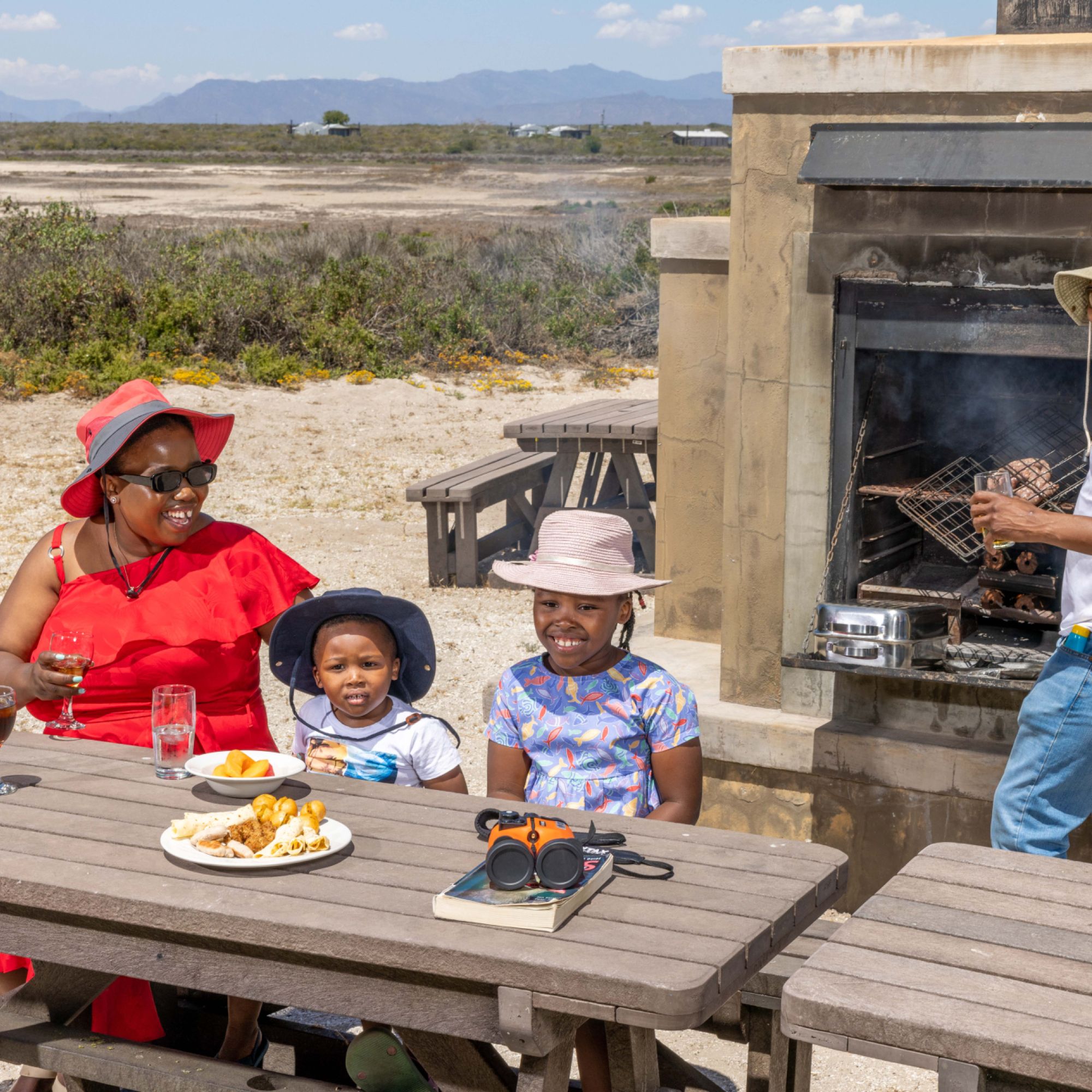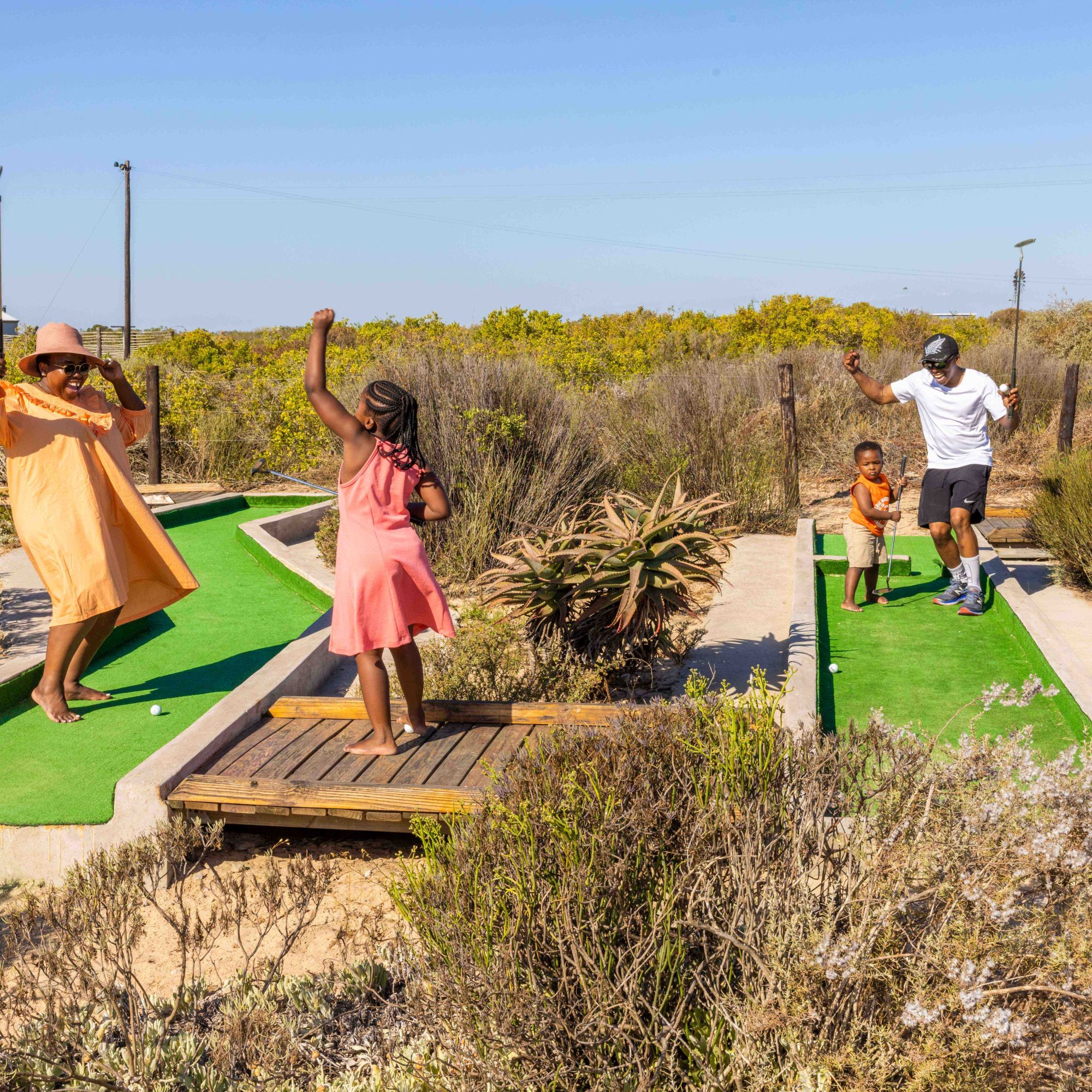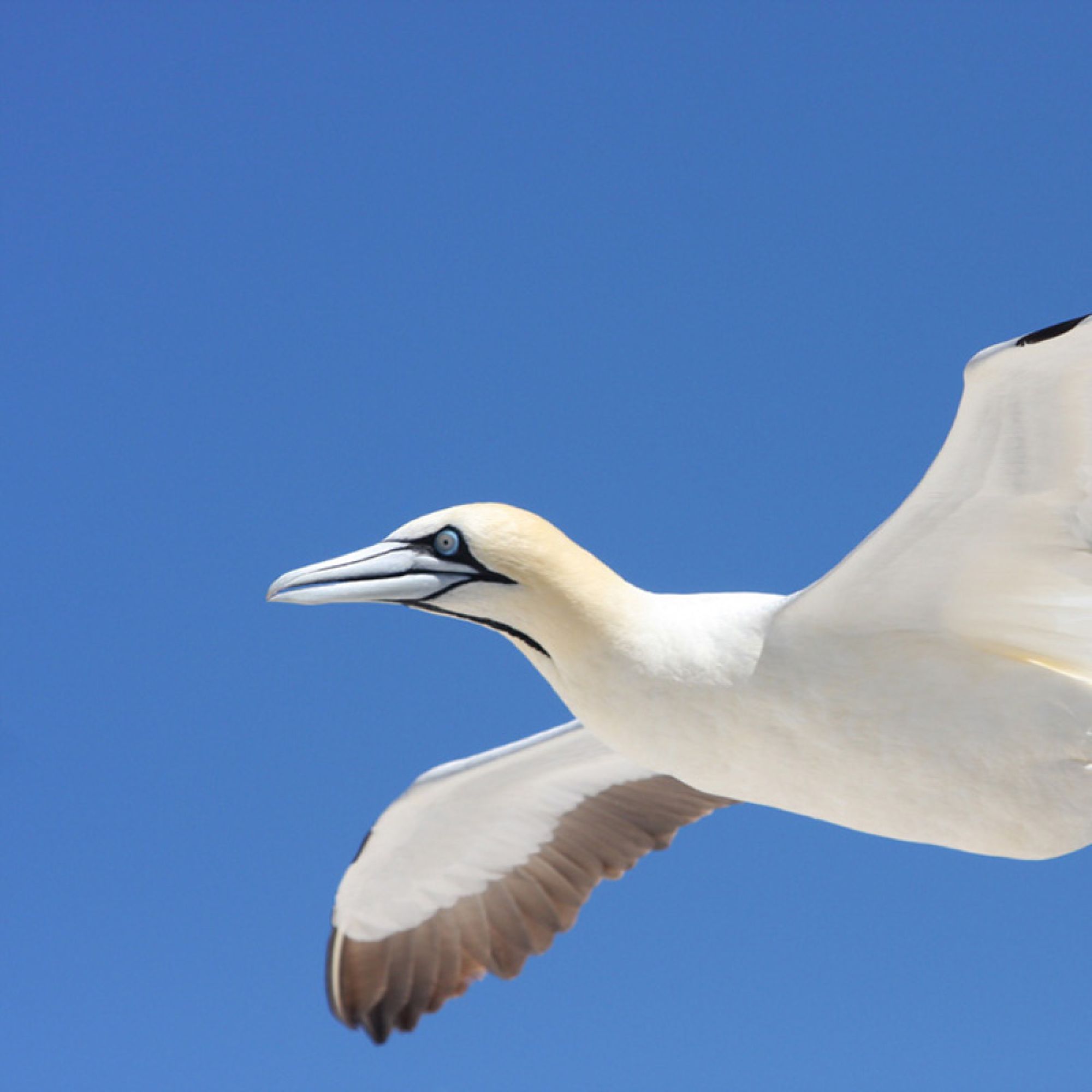Map of Reserve area
Where to Stay
What to Do
Rocherpan is perfect for birders. The combination of land, vlei and sea provides ample breeding and feeding habitats for a variety of birds. A total of 183 species have been recorded, of which about 70 are water birds. White pelicans and greater and lesser flamingos, all of which are endangered, are often seen at Rocherpan. Ostriches also live on the flats surrounding the vlei.
Rocherpan is one of the Cape shoveller’s most important breeding and moulting sites. The reserve provides a sanctuary for Southern Africa’s second-rarest coastal bird, the African black oystercatcher.
Rocherpan has three bird hides. Two are located on the South-western side of the vlei, and one is on the North-western side. Fetch a bird list and map from the reserve main office or download the bird list here.
Walking and Hiking
Rocherpan has two short hiking trails, one along the beach and one along the vlei. Both offer stunning views and the chance to see the area’s rich birdlife. There are two well-laid hiking paths through the reserve. Both are relatively easy walks taking no longer than four hours each.
Easy to use trail maps for these hiking trails created by Forge can be downloaded here.
Permits
Permits may be purchased for R50 per adult and R30 per child at the reserve office or through CapeNature Central Reservations.
Trail preparation
- Wear comfortable walking shoes, sunscreen and a hat.
- Do not hike alone.
- Carry enough food and water with you.
- Make sure you know what the weather conditions are before you depart.
- Take a warm jacket/raincoat in winter.
- Make sure you have a relevant map of the area.
- Take a field medical kit with you for emergencies.
- Obey all signage.
- Stay in a group and on the trails.
Rocherpan Trail
Trail distance: 9km
Estimated time: 3–4 hours return
This is a gentle walk along the pan. The soils harden as you make your way across the reserve. Start early in summer, as the day heats up quickly.
Beach Trail
Trail distance: 7km
Estimated time: 3 hours return
This is a lovely walk to the lookout point and back along the beach. We recommend you take a picnic basket to enjoy at the point. In summer, it is best to hike early in the morning to avoid the midday heat.
Rocherpan had a fortuitous start when farmer Pierre Rocher arrived in this area in 1839 looking for improved summer grazing for his livestock. Rocher and his workers closed off the mouth of Papkuils River, forcing it to flow behind the dunes that separate the sandveld from the sea. This inadvertently created a perfect habitat for waterbirds, and the local species have thrived ever since. Along the coast, you’ll see the rare and endangered black oystercatcher, the kelp gull and the Cape shoveller.
Rocherpan currently has eight eco-cabins available to be booked for accommodation, with the four newest cabins having just opened. Click Here to download a map of the reserve to see where the cabins, pan, beach, and hiking trails are. Please call our reservations office to make your booking.
How to Get There
Rocherpan lies 25 km north of Velddrif on the coastal road. Velddrif can be reached on the West Coast Road (R27), that starts in Cape Town and takes you through Milnerton before running along the coast through Bloubergstrand, Melkbosstrand and Langebaan.
GPS: 32 36 53.47 S 18 18 6.73 E
Please Note: Bird spotting on the reserve is highly dependent on the water in the pans. Thus, not guaranteed.
General information
Office hours: 08:00–16:30
Tel: +27 (0)87 087 4177
Emergency number: +27 (0)67 412 9922
Accommodation and permit bookings Tel: 087 087 8250
What Our Guests Say
Self-catering accommodation starting from R1 270.
Adults
Day Access = R50; Overnight fee = R40
Children
Day Access = R30; Overnight fee = R20


